
Lost luggage anxiety is a universal travel experience that ranks somewhere between turbulence fears and overpriced airport coffee on the stress scale.
However, some airports have mastered the art of baggage handling so well that travelers can actually trust their suitcases to arrive at the same destination they do.
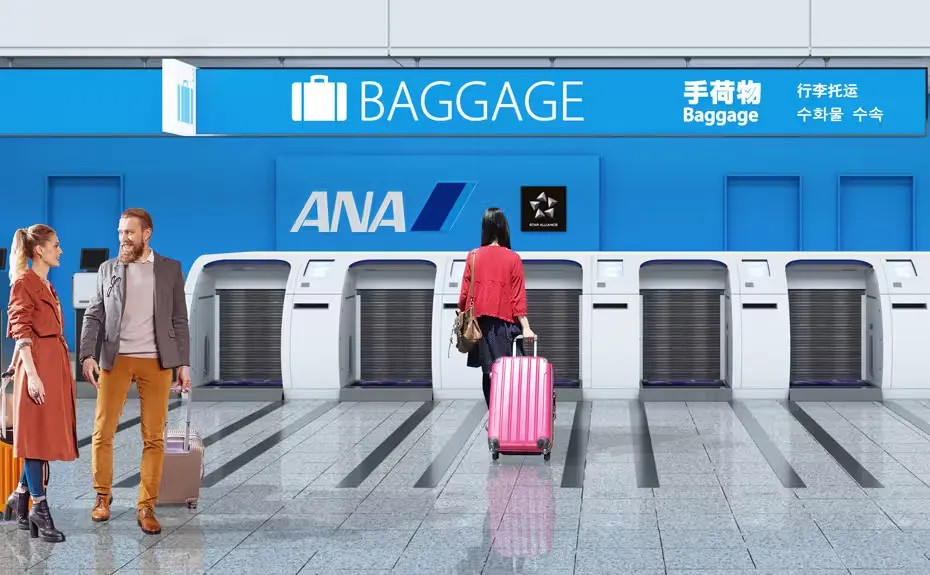 Photo- ANA
Photo- ANABest Airports for Baggage Delivery
The Skytrax 2025 rankings for the world’s best baggage delivery services reveal which airports have truly cracked the code on keeping passengers and their belongings happily reunited.
1. Taiwan Taoyuan International Airport (TPE)
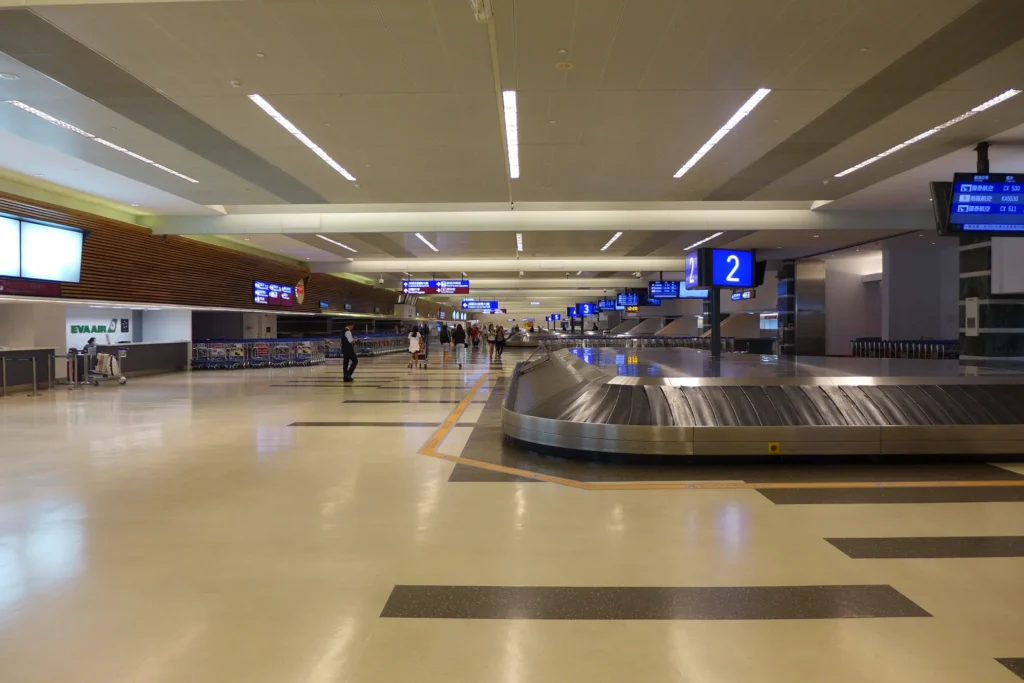 Taoyuan International Airport Terminal 1; Photo- Wing1990hk | Wikimedia Commons
Taoyuan International Airport Terminal 1; Photo- Wing1990hk | Wikimedia CommonsTaiwan Taoyuan International Airport (TPE) has claimed the prestigious title of World’s Best Airport for Baggage Delivery in 2025, and its achievement stems from a comprehensive approach to luggage management that combines cutting-edge technology with meticulous operational procedures.
The airport has implemented an advanced automated baggage handling system. It utilizes RFID tracking technology, allowing real-time monitoring of every piece of luggage from check-in to collection.
What sets Taoyuan apart is its proactive communication that sends passengers detailed updates about their baggage status through mobile notifications.
The airport’s baggage reconciliation rate exceeds 99.8%, meaning fewer than two bags per thousand go astray. Their dedicated baggage service teams are strategically positioned throughout the terminal, equipped with multilingual capabilities to assist international travelers.
The airport has also invested heavily in redundant systems, ensuring that even during peak travel periods or technical difficulties, baggage flow remains uninterrupted.
2. Kansai International Airport (KIX)
 Kansai International Airport, Arrival Hall, Osaka, Kansai Region; Photo- Terence Ong | Wikimedia Commons
Kansai International Airport, Arrival Hall, Osaka, Kansai Region; Photo- Terence Ong | Wikimedia CommonsSecuring second place, Kansai International Airport (KIX) exemplifies the legendary Japanese attention to detail in its baggage operations.
The airport’s success lies in its “zero-defect” philosophy, where every baggage handler undergoes rigorous training programs that emphasize precision and accountability. Their automated sorting system can process over 20,000 bags per hour while maintaining exceptional accuracy rates.
Kansai’s innovative approach includes colour-coded baggage tags with multiple verification points throughout the handling process.
The airport has established dedicated express lanes for connecting flights, significantly reducing transfer times and minimizing the risk of missed connections.
Their baggage claim areas feature real-time display systems showing exact arrival times for each flight’s luggage, eliminating the guesswork that typically frustrates passengers at baggage carousels.
ALSO READ: £15 Billion Kansai Airport Built on a ‘Wet Sponge’ Island is Sinking Fast
3. Singapore Changi Airport (SIN)
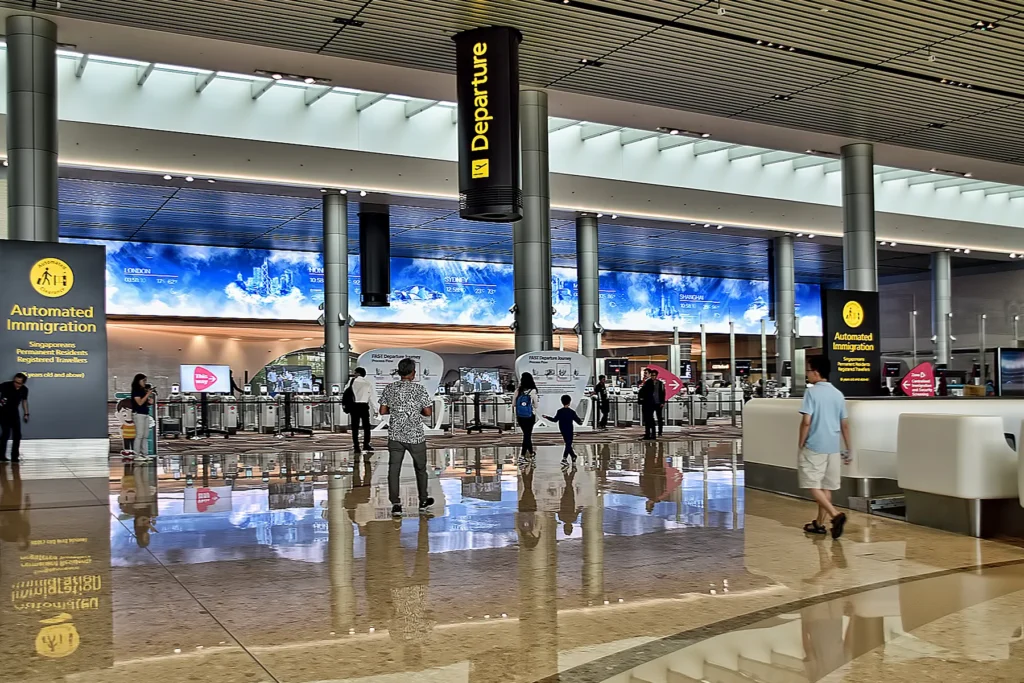 Changi Airport Terminal 4 (Open House); Photo- Choo Yut Shing | Flickr
Changi Airport Terminal 4 (Open House); Photo- Choo Yut Shing | FlickrSingapore Changi Airport (SIN) rounds out the top 3 with its technology-driven baggage delivery system that has become a benchmark for airports worldwide.
Changi’s Early Bag Store system allows bags to be processed and stored efficiently for flights departing hours later. Its advanced screening technology ensures security without compromising speed.
The airport’s standout feature is its automated baggage handling system that uses artificial intelligence to predict potential bottlenecks and automatically reroute bags through alternative pathways.
Changi also offers unique services like baggage wrapping stations and a comprehensive lost baggage recovery program that typically reunites passengers with missing items within 24 hours.
Their customer service approach includes dedicated baggage service counters staffed around the clock with multilingual representatives.
4. Bahrain International Airport (BAH)
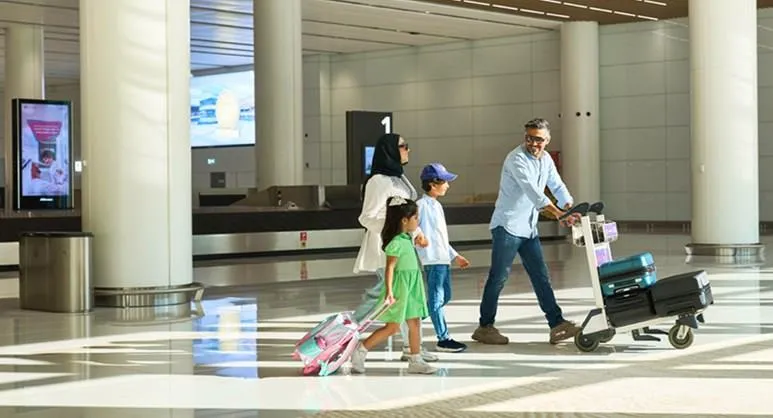 Photo- Bahrain Airport
Photo- Bahrain AirportBahrain International Airport (BAH) has earned a fourth place through strategic investments in modernizing its baggage infrastructure. The airport’s relatively compact size allows for efficient baggage flow, but its success extends beyond physical advantages.
Bahrain has implemented a comprehensive staff training program that emphasizes customer service excellence alongside operational efficiency.
Their baggage handling system features multiple checkpoints with barcode scanning technology that creates a detailed trail for every piece of luggage.
The airport’s quick turnaround times are particularly impressive for a hub that serves as a major connecting point for travelers between Europe, Asia, and Africa.
Bahrain’s baggage services team maintains strong communication protocols with airlines, ensuring seamless coordination during irregular operations or delays.
5. Tokyo Haneda Airport (HND)
 Baggage claim at Terminal 2 of Tokyo International Airport (Haneda Airport); Photo- MaedaAkihiko | Wikimedia Commons
Baggage claim at Terminal 2 of Tokyo International Airport (Haneda Airport); Photo- MaedaAkihiko | Wikimedia CommonsTokyo Haneda Airport’s fifth-place ranking reflects its exceptional performance in managing baggage for one of the world’s busiest domestic and international hubs.
Located closer to central Tokyo than Narita, Haneda handles enormous passenger volumes while maintaining impressive baggage delivery standards through sophisticated logistics management.
The airport’s strength lies in its ability to handle rapid aircraft turnarounds without compromising baggage accuracy. Haneda’s ground handling teams utilize advanced scheduling software that optimizes baggage loading sequences based on flight priorities and passenger connections.
Their baggage claim areas are designed with passenger flow efficiency in mind, featuring wide carousels and clear signage that minimizes confusion during peak periods.
6. Doha Hamad International Airport (DOH)
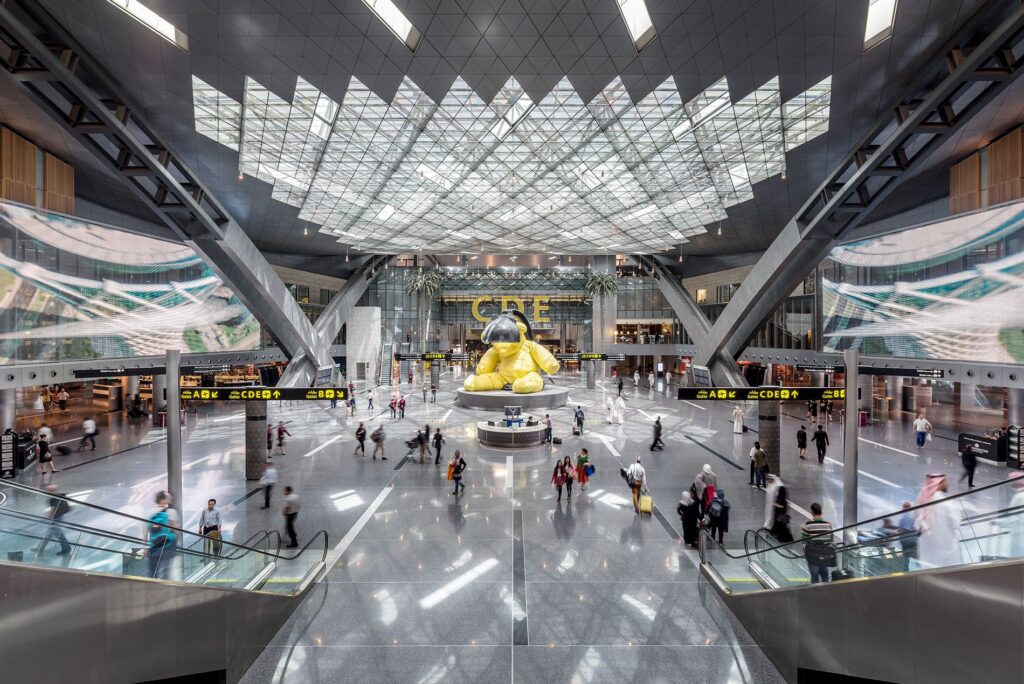 Photo: HOK
Photo: HOKDoha Hamad International Airport (DOH) secures sixth place with its state-of-the-art baggage handling system that serves as the backbone of Qatar Airways’ extensive global network.
The airport’s automated system can handle up to 4,500 bags per hour per carousel, with sophisticated sorting mechanisms that accommodate the complex routing requirements of a major international hub.
Hamad’s baggage services excel in managing transfer passengers, with dedicated systems that ensure connecting bags move seamlessly between flights even during tight connection windows.
The airport’s climate-controlled baggage areas protect luggage from extreme desert temperatures, while their tracking system provides passengers with detailed information about baggage location and estimated delivery times through a user-friendly mobile application.
7. Tokyo Narita International Airport (NRT)
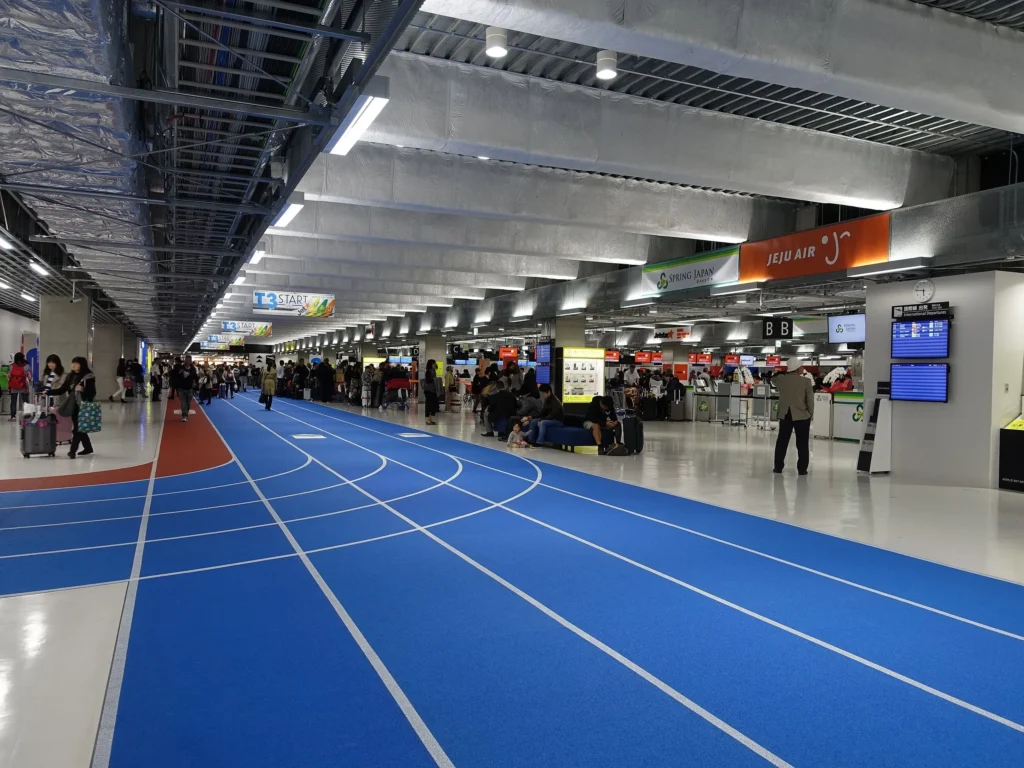 Photo- Narita Airport Departure Lobby (2nd floor); Photo- PekePON | Wikimedia Commons
Photo- Narita Airport Departure Lobby (2nd floor); Photo- PekePON | Wikimedia CommonsTokyo Narita International Airport (NRT) claims seventh place with its robust baggage handling capabilities that efficiently serve millions of international passengers annually.
Narita’s success stems from its comprehensive approach to baggage management, which includes multiple backup systems and contingency protocols for handling disruptions.
The airport’s baggage delivery system features advanced sorting technology combined with extensive manual quality control processes. Narita’s customer service approach includes proactive communication during delays and comprehensive support for passengers dealing with baggage issues.
Their location-specific challenges, including distance from central Tokyo, have led to innovative solutions like baggage delivery services to hotels and homes throughout the metropolitan area.
8. Seoul Incheon International Airport (ICN)
 Incheon Airport Staff; Photo- ICN Airport
Incheon Airport Staff; Photo- ICN AirportSeoul Incheon International Airport (ICN) earns eighth place through its integration of technology and customer service in baggage operations.
The airport’s automated baggage handling system incorporates artificial intelligence for predictive maintenance, reducing system downtime and ensuring consistent performance during peak travel periods.
Incheon’s baggage services include unique features like oversized baggage handling capabilities and specialized storage systems for unusual items.
The airport’s customer communication system provides real-time updates in multiple languages, while its lost baggage recovery program utilizes advanced tracking technology to locate and return missing items quickly. Their efficient design minimizes walking distances between check-in and baggage claim areas.
9. Centrair Nagoya Airport (NGO)
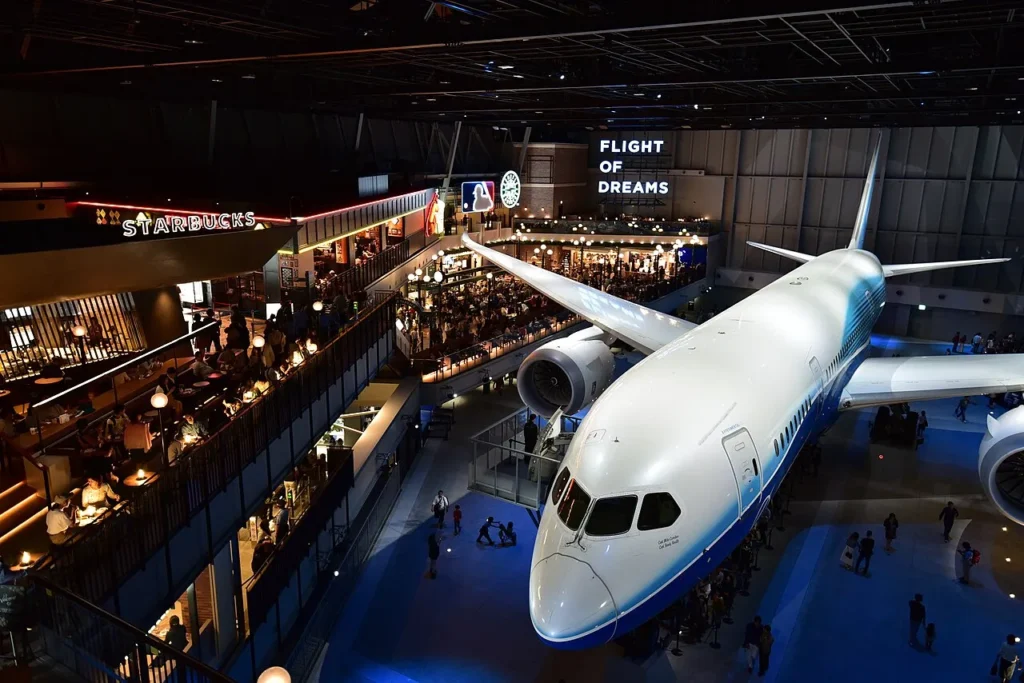 Photo- Wikipedia
Photo- WikipediaCentrair Nagoya Airport (NGO) secures ninth place with its focused approach to baggage handling that emphasizes reliability and customer satisfaction.
Despite being smaller than other airports on this list, Centrair has achieved impressive performance standards through careful attention to operational details and staff training.
The airport’s baggage system benefits from its integrated design, where baggage handling facilities were planned alongside passenger terminals to optimize flow efficiency.
Centrair’s team approach to baggage services ensures that multiple staff members are familiar with each passenger’s needs, creating a personalized service experience that larger airports often struggle to match.
10. Copenhagen Airport (CPH)
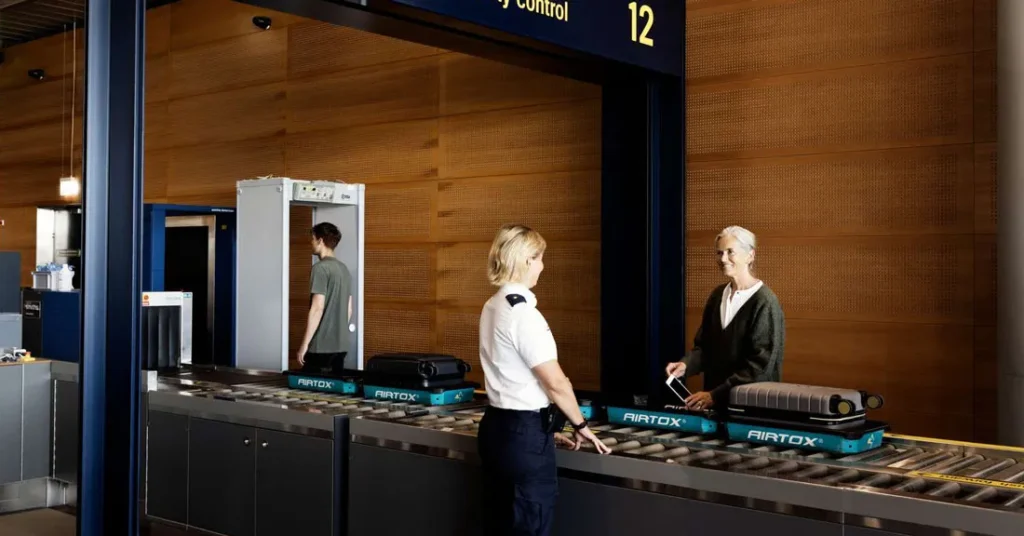 Photo- Copenhagen Airport
Photo- Copenhagen AirportCopenhagen Airport (CPH) rounds out the top 10 with its systematic approach to baggage handling that reflects broader Scandinavian values of efficiency and reliability.
The airport’s baggage operations emphasize sustainability alongside performance, with electric baggage carts and energy-efficient sorting systems that reduce environmental impact.
Copenhagen’s baggage services excel in handling seasonal variations, with robust systems that maintain performance standards during both peak summer travel periods and challenging winter weather conditions.
Their multilingual staff and clear communication protocols ensure that international passengers receive consistent support regardless of their origin or destination.
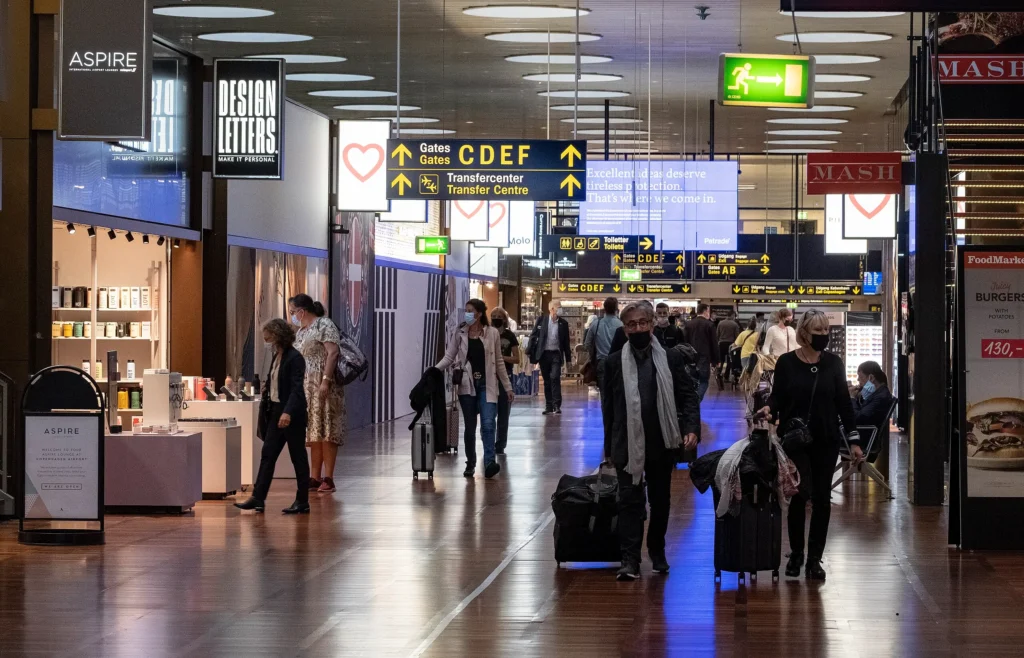 Copenhagen Airport; Photo- News Oresund | Wikimedia Commons
Copenhagen Airport; Photo- News Oresund | Wikimedia CommonsBottom Line
These 10 airports have elevated baggage delivery from a basic operational necessity to an art form that significantly enhances the overall travel experience.
While losing luggage may never completely disappear from the traveler’s worry list, these airports prove that with the right combination of technology, training, and dedication, the odds of a happy reunion between passenger and suitcase can be remarkably high.
As air travel continues to evolve, these airports set the standard for what passengers should expect when they entrust their belongings to the complex world of aviation logistics.
Stay tuned with us. Further, follow us on social media for the latest updates.
Join us on Telegram Group for the Latest Aviation Updates. Subsequently, follow us on Google News
Japan’s Flat-Floor Baggage At Airports Goes Viral
The post Top 10 Best Airports for Baggage Delivery in the World in 2025 appeared first on Aviation A2Z.


















